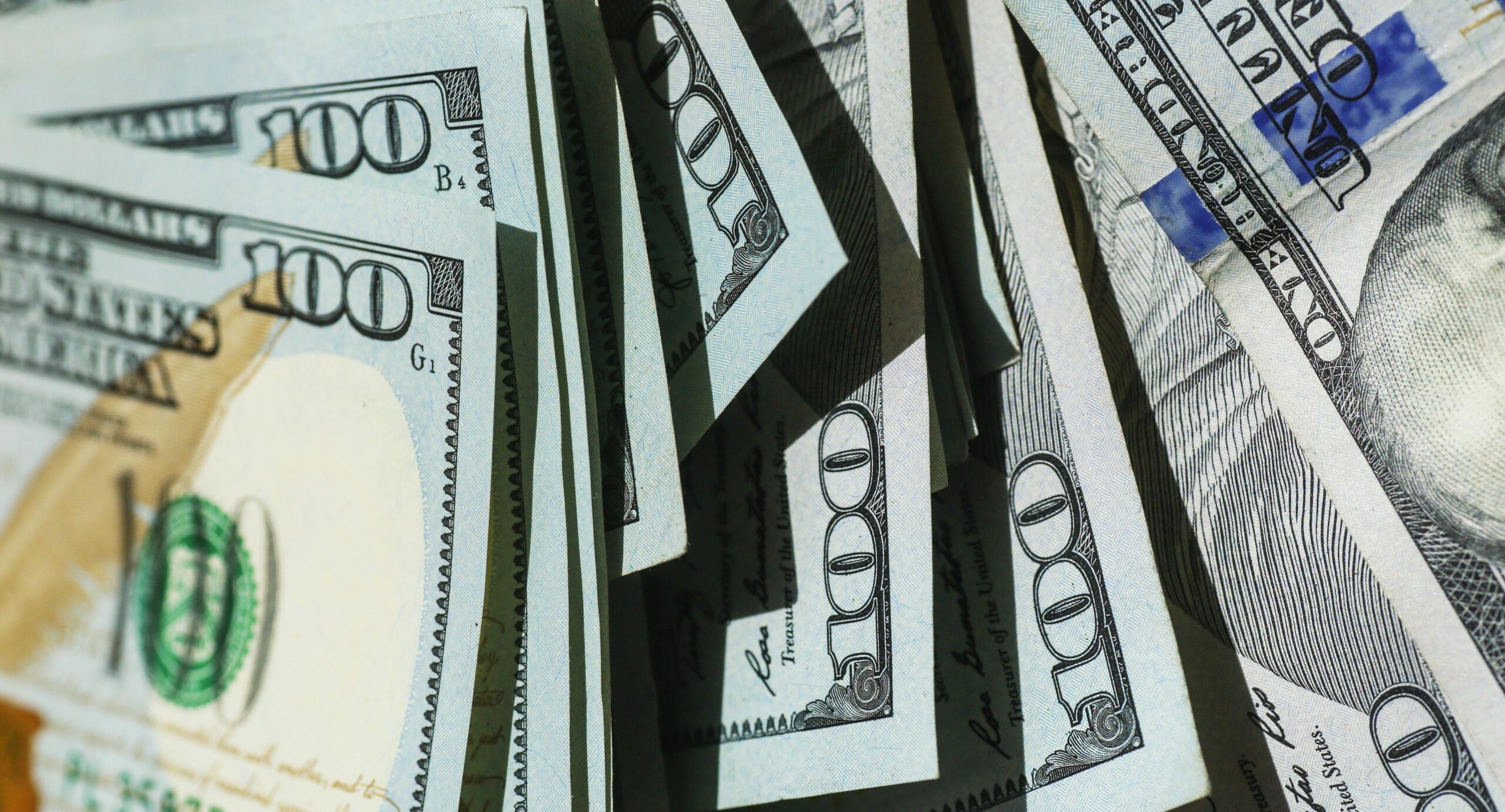Mortgage Forbearance: What to Know

Jul 17 | 2020

What do you do when financial hardship hits and you can’t make your monthly mortgage payments? This is a question on many homeowner’s minds as nearly 17.8 million Americans are reportedly unemployed during the coronavirus pandemic.
When homeowners face financial hardship, such as the loss of a job, they often look to obtain a forbearance agreement from their lender. A forbearance happens when your lender grants you a temporary pause or reduction in monthly payments on your mortgage. Forbearance is not the same as payment forgiveness, in that you still have to pay the entire amount back by an agreed-upon time.
Mortgage lending institutions differ on their mortgage relief policies and qualifications; however, the Coronavirus Aid, Relief, and Economic Security (CARES) Act were signed into law in late March of this year to protect government-backed mortgages.
Federally backed mortgages include:
- Fannie Mae
- Freddie Mac
- The Federal Housing Administration (FHA)
- The US Department of Veteran Affairs (VA)
- The US Department of Agriculture (USDA)
Under the CARES Act, homeowners with a federally backed loan who either directly or indirectly suffer financial hardship due to coronavirus automatically qualify for mortgage forbearance.
Even if your mortgage is not secured by one of these agencies, you still can call and see if you qualify, as many lenders will still offer the option in order to avoid foreclosures.
Under the CARES act, homeowners can claim mortgage forbearance due to financial hardship from COVID-19 for up to 12 months without requiring any documentation or verification. During the forbearance period, mortgage lenders cannot charge late fees or penalties.
Additionally, as long as your mortgage is current at the time you claim forbearance, the lender is required to keep reporting your mortgage as paid current throughout the entire period.
At the end of the forbearance, the CARES act protects consumers from having to make a lump sum payment. Instead, you will be given a repayment plan from your provider. Since repayment options vary, it’s important that you ask your provider about all of your repayment options.
Possible Repayment Options:
You may be eligible for a loan modification at the end of your forbearance. With modification, the mortgage terms are changed in order to add payments that were missed during the forbearance onto the end of the loan, extending the term.
Another option that may work for some is a reduced payment option. This allows you to keep paying monthly payments at a reduced amount. The amount missed is usually added back into the monthly payments at the end of the forbearance.
For example:
Regular payment: $1000 per month
Reduced payment: $500 per month
Payment after forbearance period: $1500 (until caught up)
Balloon payments, or lump sum payments at the end of the forbearance, are prohibited under the CARES Act. However, mortgage lenders may require homeowners who are not protected under the CARES Act to make a balloon payment at the end, so again it is best to check first with your provider.
Mortgage forbearance should only be considered in true financial hardship. In other words, just because of the pandemic, you should not take a forbearance on your mortgage if you can still afford your payments. Likewise, if you are able to start making payments before the forbearance period is up, it’s best to do so as soon as possible.
The Next Steps:
Before you get in touch with your mortgage servicer, save time by gathering as much documentation about the mortgage as you can. Also, be ready to list your income and monthly expenses. Due to an influx in calls, financial institutions are experiencing extremely long wait times right now, and having your information at the ready will help.
Have questions ready to ask. Here are some questions you should be asking:
- What fees are associated with the forbearance?
- What are all the repayment options available to you at the end of the forbearance?
- Will you be charged interest during the forbearance period?
If your forbearance is approved, make sure to keep all documentation pertaining to it. Make sure to cancel any automatic payments to the mortgage during the forbearance period, and keep tabs on your credit report to make sure your lender doesn’t report the loan as unpaid.
For more information on forbearance, contact your lender and discuss your options. If you need more assistance with understanding your options, you can contact a local agent for the housing counseling agency, or call their hotline at 1-800-569-4287.
- Fannie Mae
- Freddie Mac
- The Federal Housing Administration (FHA)
- The US Department of Veteran Affairs (VA)
- The US Department of Agriculture (USDA)
Under the CARES Act, homeowners with a federally backed loan who either directly or indirectly suffer financial hardship due to coronavirus automatically qualify for mortgage forbearance.
Even if your mortgage is not secured by one of these agencies, you still can call and see if you qualify, as many lenders will still offer the option in order to avoid foreclosures.
Under the CARES act, homeowners can claim mortgage forbearance due to financial hardship from COVID-19 for up to 12 months without requiring any documentation or verification. During the forbearance period, mortgage lenders cannot charge late fees or penalties.
Additionally, as long as your mortgage is current at the time you claim forbearance, the lender is required to keep reporting your mortgage as paid current throughout the entire period.
At the end of the forbearance, the CARES act protects consumers from having to make a lump sum payment. Instead, you will be given a repayment plan from your provider. Since repayment options vary, it's important that you ask your provider about all of your repayment options.
Possible Repayment Options:
You may be eligible for a loan modification at the end of your forbearance. With modification, the mortgage terms are changed in order to add payments that were missed during the forbearance onto the end of the loan, extending the term.
Another option that may work for some is a reduced payment option. This allows you to keep paying monthly payments at a reduced amount. The amount missed is usually added back into the monthly payments at the end of the forbearance.
For example:
Regular payment: $1000 per month
Reduced payment: $500 per month
Payment after forbearance period: $1500 (until caught up)
Balloon payments, or lump sum payments at the end of the forbearance, are prohibited under the CARES Act. However, mortgage lenders may require homeowners who are not protected under the CARES Act to make a balloon payment at the end, so again it is best to check first with your provider.
Mortgage forbearance should only be considered in true financial hardship. In other words, just because of the pandemic, you should not take a forbearance on your mortgage if you can still afford your payments. Likewise, if you are able to start making payments before the forbearance period is up, it's best to do so as soon as possible.
The Next Steps:
Before you get in touch with your mortgage servicer, save time by gathering as much documentation about the mortgage as you can. Also, be ready to list your income and monthly expenses. Due to an influx in calls, financial institutions are experiencing extremely long wait times right now, and having your information at the ready will help.
Have questions ready to ask. Here are some questions you should be asking:
- What fees are associated with the forbearance?
- What are all the repayment options available to you at the end of the forbearance?
- Will you be charged interest during the forbearance period?
If your forbearance is approved, make sure to keep all documentation pertaining to it. Make sure to cancel any automatic payments to the mortgage during the forbearance period, and keep tabs on your credit report to make sure your lender doesn't report the loan as unpaid.
For more information on forbearance, contact your lender and discuss your options. If you need more assistance with understanding your options, you can contact a local agent for the housing counseling agency, or call their hotline at 1-800-569-4287. "










